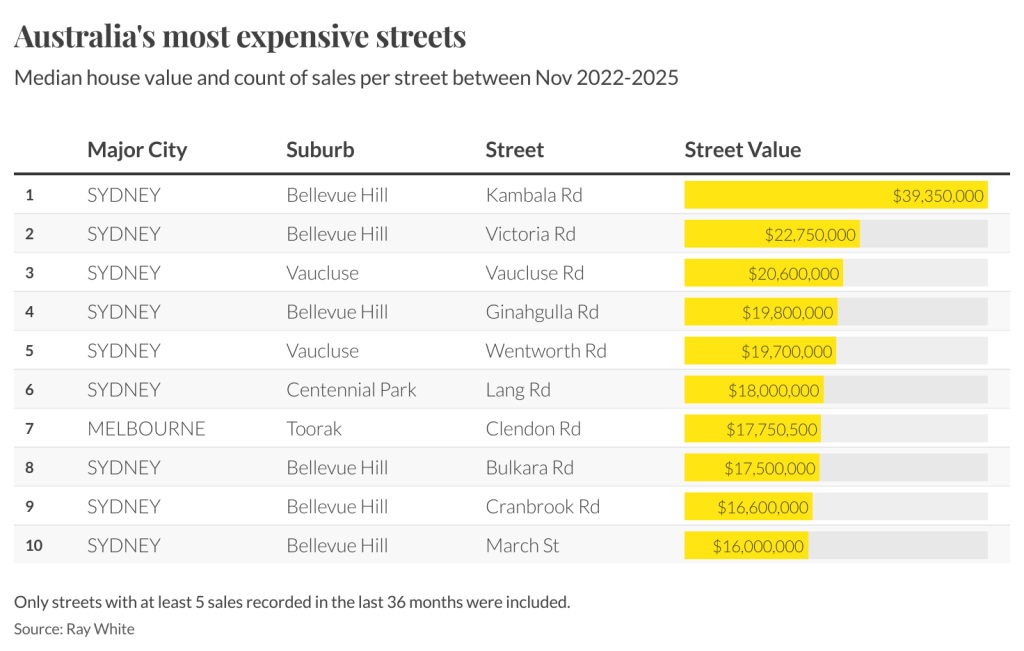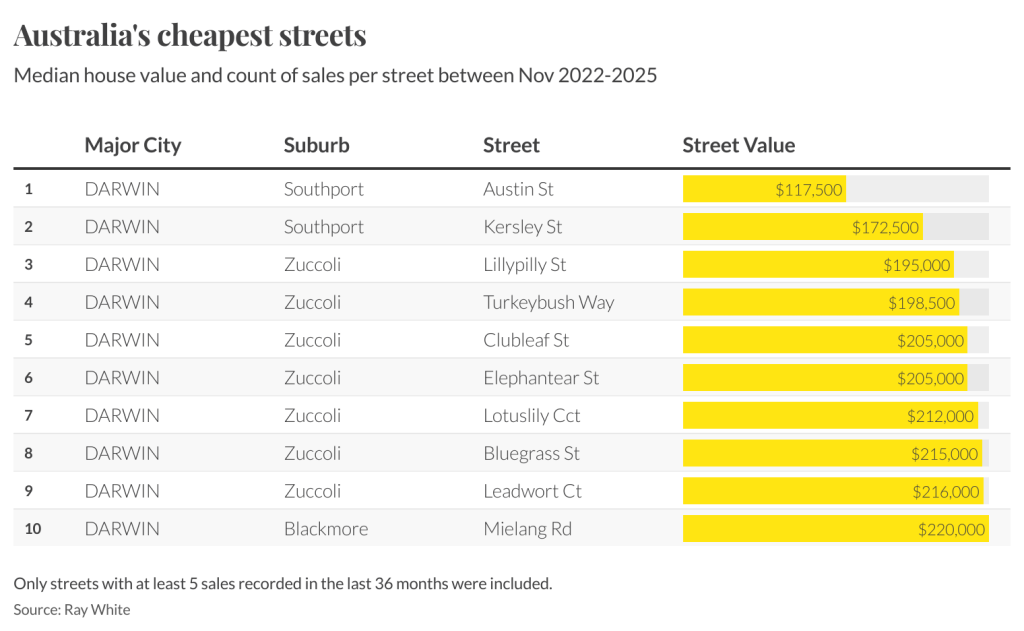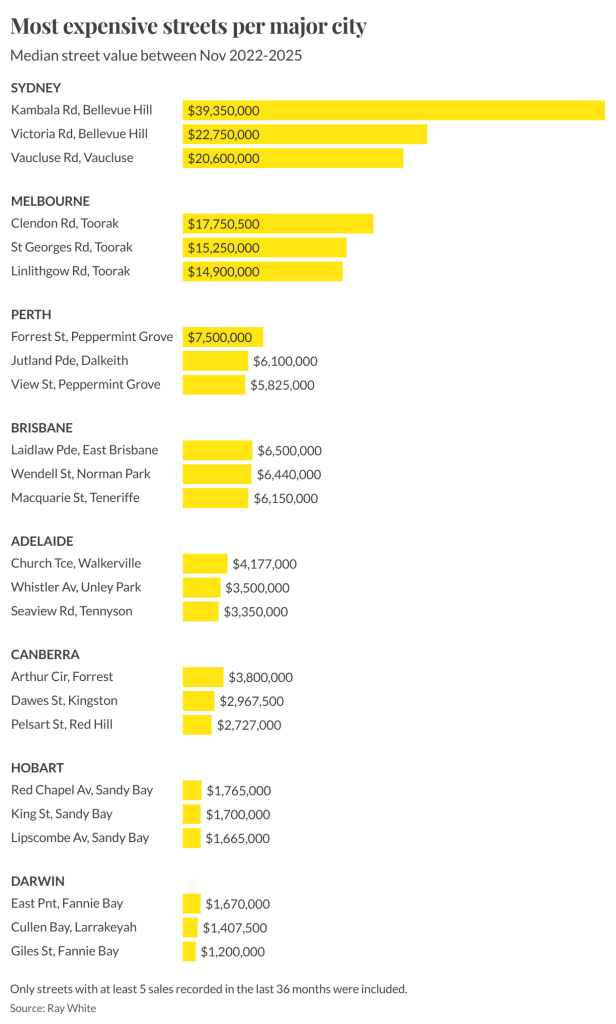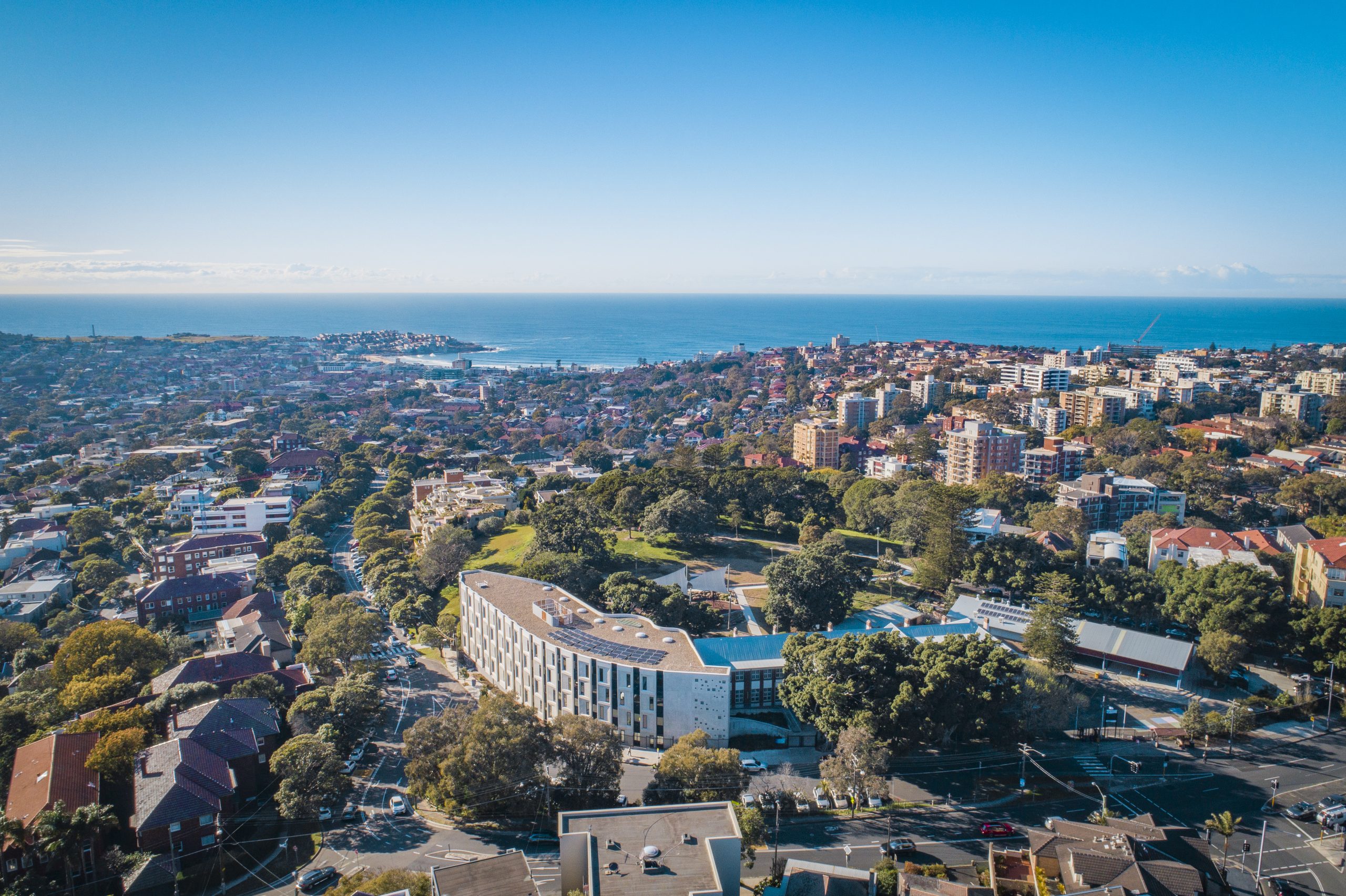RENTS, LAND VALUES AND DEVELOPMENT IN FOCUS AS INDUSTRIAL MARKET STABILISES
Australia’s industrial property market is moving from a post-COVID boom to a steadier phase, with vacancy rates normalising and rental growth diverging across regions.
Australia’s industrial property market is shifting gears after five years of record-breaking growth in demand, rents and construction.
Vacancy levels have climbed from historic lows, bringing the sector back into more balanced territory, according to Knight Frank’s latest research, From Surge to Stabilisation.
Vacancy rates normalise
Blended vacancy across the East Coast now sits at 3.2 per cent. While still considered tight, that represents a significant change from the 0.6 per cent recorded in the first quarter of 2023. The post-COVID surge in tenant demand had driven unprecedented leasing take-up and fuelled a wave of new construction, but that momentum has since cooled.
The report suggests that effective rental growth will remain subdued in the short term, although the picture is far from uniform. Vacancy is expected to concentrate in emerging precincts with a large pipeline of new projects, while more established markets are likely to prove resilient.
Diverging rental outlook
Sydney’s South West and Outer South, Melbourne’s North and Brisbane’s South and South West are flagged as more exposed, with lower prospects for rental growth. By contrast, Sydney’s Inner South, Melbourne’s South East and East, and Brisbane’s Trade Coast are expected to deliver stronger outcomes thanks to lower construction and tighter vacancy.
Knight Frank Partner, Research and Consulting, Queensland, Jennelle Wilson, said tenants in some markets will still face higher costs even as more space becomes available.
“It is expected that face rents will be defended with a corresponding increase in incentives to impact effective rents,” she said. “Tenants on leases negotiated prior to 2021 will still face significant rental reversion on renegotiation or relocation, despite having greater choice in the market, to bring them into line with current market rents resulting from significant growth over the boom.”
According to Wilson, prime industrial rents rose by between 30 and 60 per cent on the East Coast over the past three years, underscoring just how intense the recent surge was.
Supply pipeline rebalances
The report found that the supply side will correct relatively quickly, with speculative development slowing and more reliance on pre-commitments. Lower levels of speculative projects and a greater focus on pre-leased space are expected to ease new supply through the second half of 2025 and into 2026.
Wilson said occupiers will continue to look for operational efficiency and upgrades. “Over time, there will be a lift in pre-commitment activity as upgrading and unlocking operational efficiency remains key for large occupiers,” she said. “A more conservative development environment will limit speculative supply in 2026, diverting demand back to pre-commitments to tenants seeking a technology and building fabric upgrade.”
She added that the market would increasingly split between businesses willing to pay for high-efficiency, tech-enabled facilities and those seeking to minimise rental costs, even if it means compromising on optimisation.
Land values remain firm
One of the strongest findings from the research is that serviced industrial land values are expected to hold firm, even as demand eases. Over the past five years, land values across the East Coast have climbed sharply — by 46 to 118 per cent for smaller blocks and 46 to 131 per cent for lots of one to five hectares.
While prices have plateaued recently in Sydney and Melbourne, Wilson said the most significant bottleneck has been the time taken to service land.
“In contrast to building construction timeframes, recent years have proven that the timeline for industrial land servicing and development is the most critical step in the development process,” she said. Lessons from markets such as Western Sydney, and to a lesser extent Brisbane and Melbourne, around the delivery of power and water are expected to continue supporting values.
Looking ahead
The industrial market is settling into a new rhythm. Rental growth will be patchy, depending on location and level of development.
Pre-commitments are expected to dominate new supply, while speculative activity is expected to recede. And despite a cooling in overall tenant demand, the value of well-serviced land is likely to remain robust.
For investors, developers and occupiers alike, the message is clear: the frenzy of the boom years is over, but fundamentals remain strong for quality assets in the right locations.
Formula 1 may be the world’s most glamorous sport, but for Oscar Piastri, it’s also one of the most lucrative. At just 24, Australia’s highest-paid athlete is earning more than US$40 million a year.
From gorilla encounters in Uganda to a reimagined Okavango retreat, Abercrombie & Kent elevates its African journeys with two spectacular lodge transformations.
Ray White senior data analyst Atom Go Tian says Sydney’s elite postcodes are pulling further ahead, with Bellevue Hill dominating the nation’s most expensive streets in 2025.
Sydney has cemented its status as the nation’s luxury capital, with Kambala Road in Bellevue Hill being Australia’s most expensive street this year, posting a median house price of $39.35 million.
And, according to Ray White senior data analyst Atom Go Tian, last year’s leader, Wolseley Road, was excluded from this year’s rankings due to limited sales.
“Wolseley Road recorded only three sales this year and was therefore excluded from the rankings, though its $51.5 million median would have otherwise retained the top position,” he says.
Bellevue Hill continues its dominance, accounting for six of the nation’s top 10 streets. Tian says the suburb’s appeal lies in its rare blend of location and lifestyle advantages.
“The suburb’s enduring appeal lies in its rare combination of proximity to both the CBD and multiple beaches, harbour views, and large estate-sized blocks on tree-lined streets.”
Vaucluse remains a powerhouse in its own right. “Vaucluse extends this harbourside premium with even more direct beach access and panoramic water views,” he says.
The gulf between Sydney and the rest of the country remains striking.


According to Tian, “Sydney’s most expensive streets are more than five times more expensive than the leading streets in Perth and Brisbane, and more than 10 times the premium streets in Canberra and Adelaide.”
He attributes this to Sydney’s economic role and geographic constraints, describing it as “Australia’s financial capital and its most internationally connected city.”
Beyond Sydney, each capital city has developed its own luxury hierarchy. Tian highlights Melbourne’s stronghold in Toorak, noting that “Melbourne’s luxury market remains centred around Toorak, led by Clendon Road, St Georges Road and Linlithgow Road.”
Brisbane’s prestige pockets are more dispersed: “Brisbane’s luxury real estate shows a more diverse pattern,” he says, led by Laidlaw Parade at $6.5 million. Perth’s top-end market remains anchored in the Peppermint Grove–Dalkeith corridor, with Forrest Street at $7.5 million.
He also points to the stark contrast at the lower end of the spectrum. “Darwin presents a mirror image, hosting all 10 of the country’s cheapest streets,” Tian says. Austin Street in Southport sits at just $117,500.


The national spread reaches its extreme in New South Wales. “Sydney emerges as the most polarised market, spanning an extraordinary range from Railway Parade in Katoomba at $385,000 to Kambala Road’s $39.35 million,” Tian says.
Methodology: Tian’s analysis examines residential house sales between November 2022 and November 2025, with only streets recording at least five sales included. Several streets with higher medians, including Black Street, Queens Avenue and Clairvaux Road in Vaucluse, were excluded because they did not meet the sales threshold.
An opulent Ryde home, packed with cinema, pool, sauna and more, is hitting the auction block with a $1 reserve.
Once a sleepy surf town, Noosa has become Australia’s prestige property hotspot, where multi-million dollar knockdowns, architectural showpieces and record-setting sales are the new normal.




















